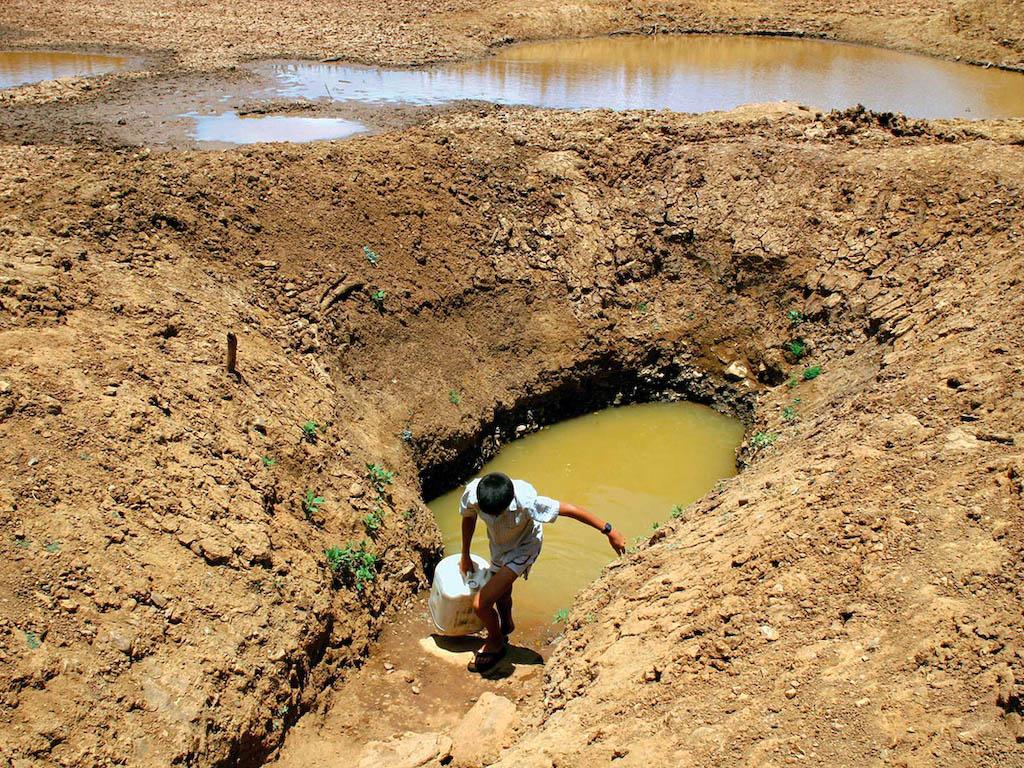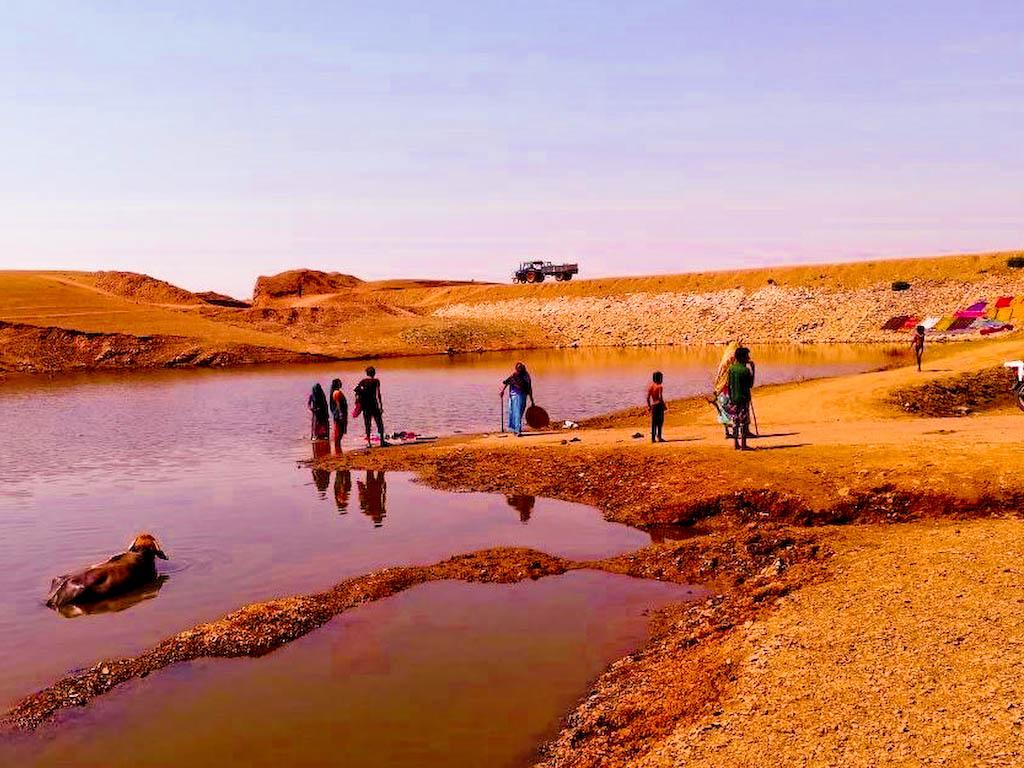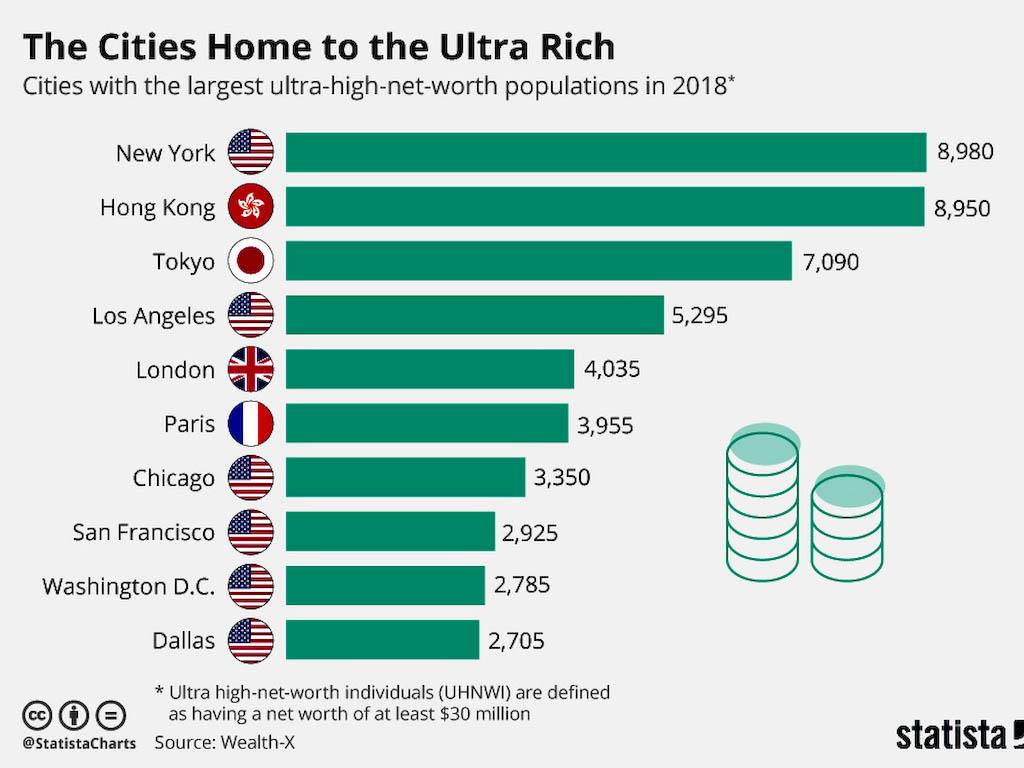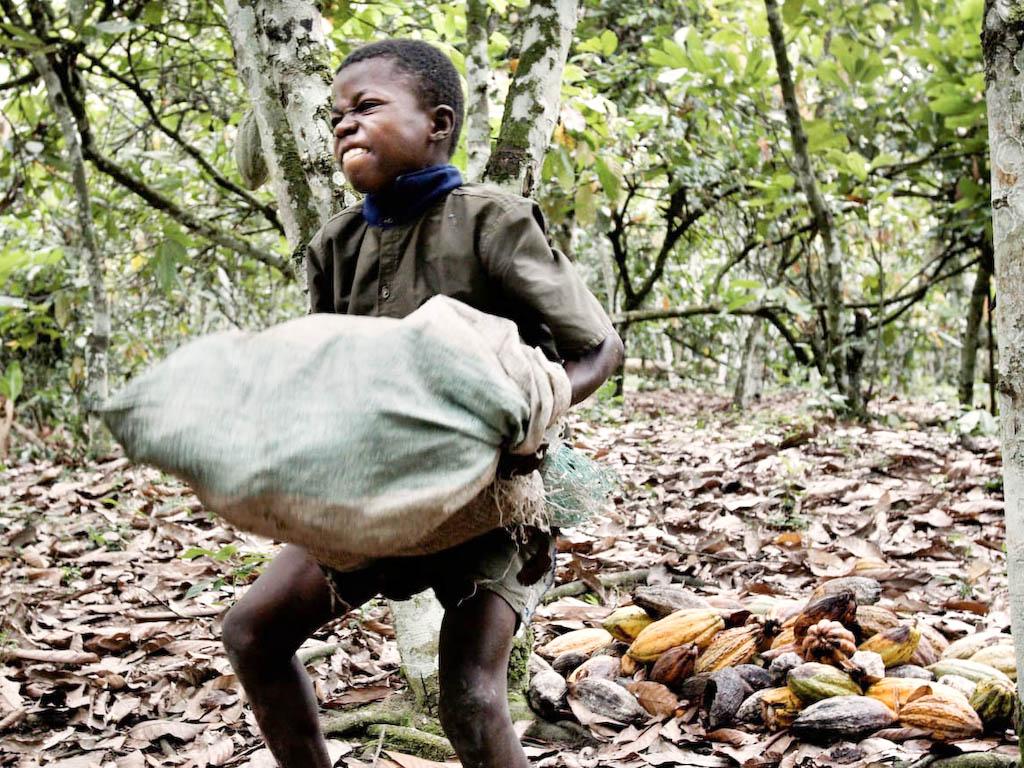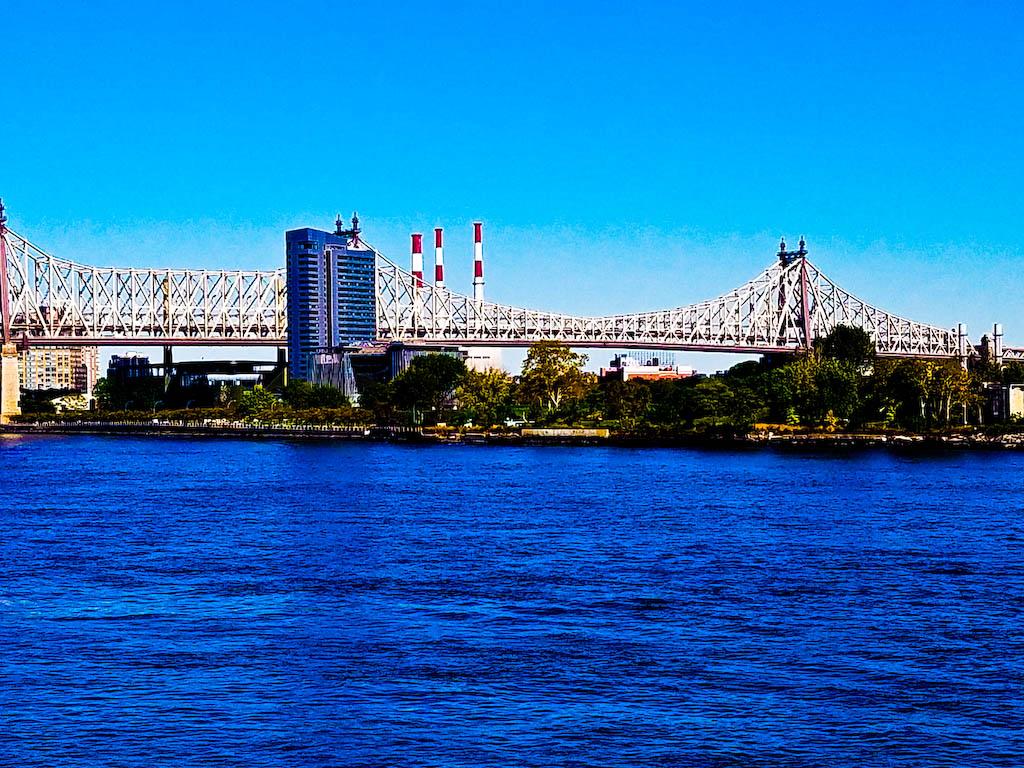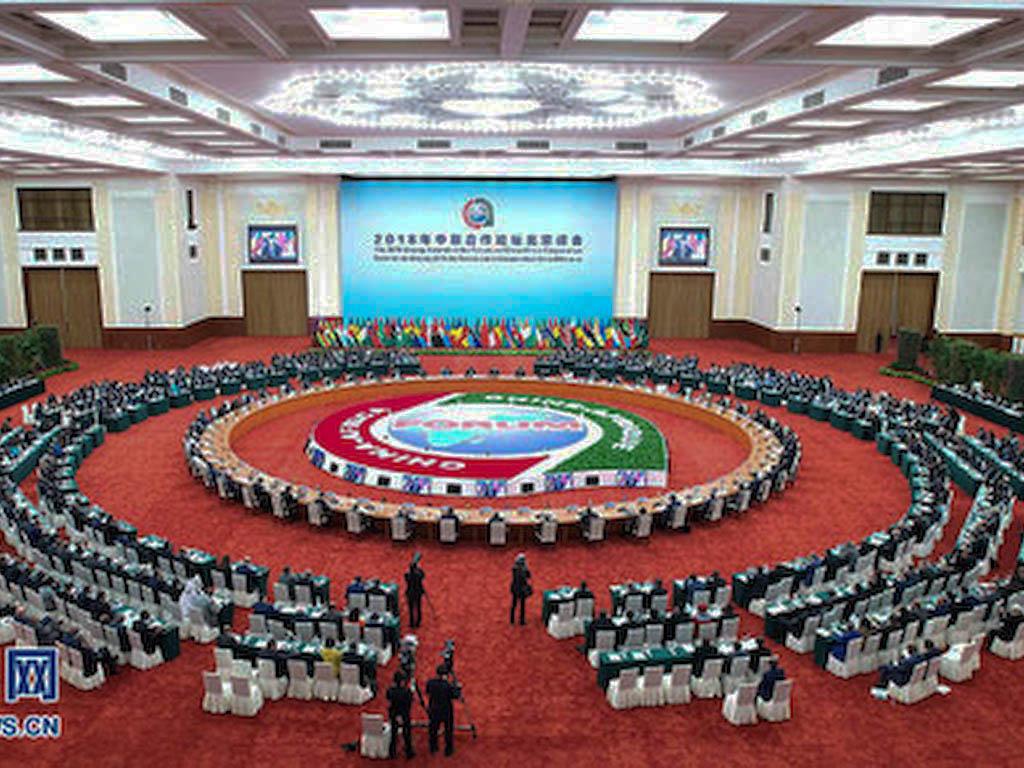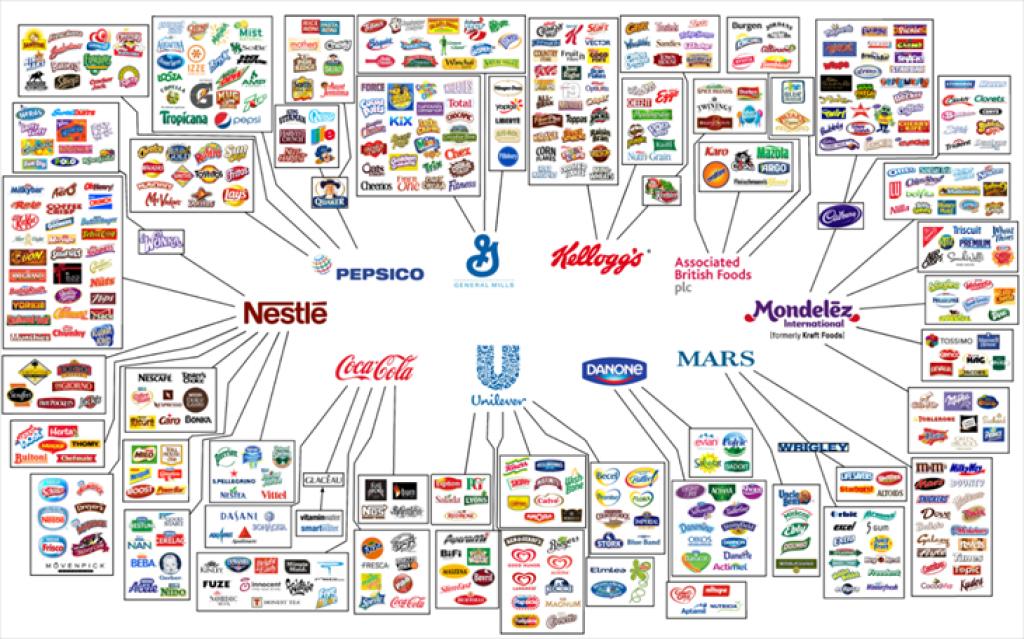Jpic News from John Paul Blog - Vol. 7 - N 11
|
THE NEWS OF THE MONTH
Shaking the consciences is not enough.Greta Thunberg and the Fridays for the Future brought the debate for and against climate change on the media and on social networks, on the streets and under bridges with hanging dummies. The debate was polarized between those who support an ideal and those who criticize the superficiality of the analysis. The movement, it is worth remembering, has ridden on a scientific, religious and social awareness platform that comes forth from a couple of decades as a rising tide. Many discover now the problem not having read the Pope's encyclical on its fifth anniversary, or having followed any free course offered on the internet for the last 10 years or having heard neither of the Rome club nor the studies on climate change, on the history of the ice ages, the Holocene and the Anthropocene. The movement’s credit is to have attracted the attention of young people. No one wants to steal youth’s future, but it is certainly up to them to grow up with a conscience at least partly lacking in the past and assume the responsibilities that the political and business world is perhaps not willing to take. However, the manifestations and emotions aside what certainties remain? There are few, and of those they already debated at the UN by heads of States and turning around the costs and implications of an answer to the phenomenon. Massimo Famularo summarizes them in the article, Tre cose non trascurabili di cui Greta Thunberg non parla (Three important things that Greta Thunberg does not talk about). Every strategy against global warming is a problem of coordination; the majority of CO2-producing activities cannot be changed in the short term without high costs; the allocation of immediate costs must be part of any cooperation agreement. It starts from an image: we are all on the same train and everyone has the remote control in his or her hands and can increase or decrease the train’s speed. Travelers of the past have accelerated, or allowed the speed of the train to accelerate, at the point where it became dangerous. Were things to continue like this, eventually the train would derail, even though we do not know exactly when and at what speed. What do we have to do? No one did want or wants such a disaster: we are all on the same train and we are all responsible for its speed, some in a marginal way, others in a much more consistent way, a few in a conscious way and many unconsciously because they only search their own results not keeping in account the train’s speed. There is not, in any case, a group of adults, were they ordinary people or people in power, who "can sit at a table to decide and halve greenhouse gas emissions under the youth’s watchful eyes". Go on reading | |
|
THE GOOD NEWS
Water projects, respect for women. Sustainability in India's villagesUntil a decade ago, Hatu Devi could not even think of going to a grocery shop near her house. This resident of Jalimpura village of Banswara district (Northwestern Indian state of Rajasthan) had to depend on her husband or other male member in the family to meet her needs. Since her marriage at 13, she had to always cover her head and face with her pallu, the edge of a sari. She was not allowed to talk to men, even men in her family, except in an emergency. "Even then, I had to ensure that my face was not seen and head bowed, as face-to-face conversation was not the norm then. I no longer depend on my husband or others. I manage on my own now," says Devi, now 48. The world has become different today, thanks to a group of Catholic nuns. The Hindu woman credits the Missionary Sisters, Servants of the Holy Spirit (SSpS), known as the Holy Spirit Sisters, for the "revolutionary transformation" in her life. Hatu Devi is among hundreds of villagers who had life-changing experiences after the nuns started working among them in 2012. Through water projects, micro-loans, farming diversity and other means, the nuns not only checked migration of villagers to cities but also fought several social evils that subjugated women, such as child marriage. She is among 3,500 women and 4,000 men from 1,282 families in 8 villages in Banswara district who have found new meaning in their lives after the Holy Spirit nuns reached out to almost 10,000 people since their arrival. The nuns work under Udaipur Diocese. Nearly 95% of the families belong to the indigenous Bhil community and are Muslim or Hindu. The five nuns unofficially started their mission in Goeka Baria 15 years ago. Their biggest challenge was to retain the people in villages, as many used to migrate to Gujarat, an industrially developed neighboring state, where “they lived in unhygienic and subhuman conditions and could not send their children to schools," Sr. Jaisa Antony said. The migration peaked during the summer because of water scarcity. "Our study convinced us that poverty and distress migration would stop if we could find a solution to the water crisis and encourage people to cultivate their farms". Go on reading | |
|
THE WORST NEWS
Ending slavery in 2030 requires releasing 10,000 people every dayUrmila Bhoola, UN expert and special rapporteur on contemporary forms of slavery, their causes and consequences, confesses: “Six years after the start of my mandate as special rapporteur, it is sad to note that there is still a long way to go from slavery to freedom, despite the legal abolition of slavery throughout the world.” "Preventing and addressing slavery is not as simple as declaring it illegal, but much more can and should be done to end it by 2030." According to the International Labor Organization, more than 40 million people are enslaved in the world today. In presenting his latest report, in Geneva, to the Human Rights Council, Bhoola said that this slavery is likely to increase due to the rapid transformation of the labor market, environmental deterioration, migration and demographic changes. According to the expert, more than 64% of enslaved people work in the private sector, a quarter of this global servitude is made up of minors and an impressive 98% of women and girls enslaved have suffered sexual violence. People working in the informal sector, which represents 90% of the workforce in developing countries, are at greater risk of being exploited or enslaved, Bhoola added: “By 2030, approximately 85% of the more than 25 million young people who will enter the labor market worldwide will do so in developing countries. Their prospects of accessing decent jobs will determine their level of vulnerability to exploitation or slavery.” The statistics that Bhoola presented constitute a “warning” for countries to prepare themselves to face slavery more effectively, since “10,000 people must be released every day, to end the contemporary forms of slavery by 2030,” according to recent data from the NGO Walk Free. According to Bhoola, some States have already chosen to exclude from public contracts those suppliers whose supply chain shows signs of slavery. Others use anti-money laundering systems to encourage companies to prevent the benefits derived from slave labor from entering the financial system. However, efforts to end slavery are not enough and the likelihood that the guilty will be brought before a court and convicted remains minimal. “Slavery is unprofitable, for Countries, from the economic point of view; it entails higher public health costs, negative environmental externalities and loss of income and productivity,” he insisted, emphasizing that a proposal of a new strategy against slavery should be “systematic, scientific, strategic, sustainable, intelligent and keeping survivors informed." States must devote more resources to end slavery, adopt and implement public policies that provide effective responses to this scourge. See the article on High United Nations Commission for Human Right office web site. IPS reproduces it by a general agreement with the UN for the use of its contents. Acabar con esclavitud en 2030 requiere liberar 10.000 personas cada día
| |
|
CELEBRATING!
Ultra-rich and then?Wealth-X's World Ultra Wealth Report measures the "ultra-rich", those with assets over $ 30 million. These High Net Worth Individuals (Hnwi) are 11 million worldwide. The Forbes ranking drawn up by Statista has always the usual names (Flags indicate the country). The country with most wealthy people is the United States, where in 2018 there were 81,340 people owing 9.8 trillion dollars. In second place, but far behind is China with 24.965 rich with $ 3.8 trillion. Comparing the number of the rich with the population, the United States falls to 10th place with Hong Kong coming up to the first. If we look at cities, the ones that have more rich people are New York and Hong Kong. This applies to heritage. In terms of real wealth - that is people's ability to buy - one has to look at the income of the population as a whole. GDP, that is the sum of goods and services, is a useful datum, but people and families look at the real money they have in their pockets and at their salary at the end of the month, that is, at the daily household economy. The true income must then take into account the taxes and contributions that reduce both the income and what you can actually spend and buy. In Italy, for example, there are only 168 very rich people and the country is in 10th place in the world; however, if we consider the wealth that Italy is able to generate, we note that in Italy there are more rich people than the produced wealth. For this, Eurostar tries to see how much net income is available to get an idea of how much money families really have available. In the comparisons between countries or between regions within the same country, the different cost of living must also be taken into account. For example, in general, services are cheaper in Italy than in Germany, so with the same sum you can get more. In Italy, then, Bolzano is the richest area per inhabitant, while Calabria is the poorest (including the underground economy). The difference in disposable income between regions in certain rich countries of the European continent may be six or seven times greater or less. This happens in the two mentioned countries, Italy and Germany. The region where the capital is located generally has the greatest disposable income: this is the case of France, where the difference with rural areas is large between Paris and the surrounding area. Berlin and Rome are an exception to the rule. In London, only the part that hosts the political and financial center of the United Kingdom is richer than the rest of the country. How much does the presence of the rich profit the country? Sometimes little, because unfortunately those who own more than 30 million $ do not always invest in their country, because there are countries that, with advantageous tax measures, attract the money of others. Does an area's greater income affect the economic level of the whole country? It depends. Bolzano, the area with the highest income in Italy, counts only half a million people against 60 million and more Italians. The incidence can only be relative. This changes when an entire region, like Lombardy, one of the most prosperous areas, hosts almost one in six Italians; or on the contrary, when two southern regions - Campania and Sicily - have a much lower average income and 11.7 million inhabitants. Germany is the country with the most inhabitants of Europe and is the least poor: according to Eurostat its population with the lowest income (10% of the inhabitants) lives better than the Italians who are in the same situation. Italy is therefore a nation with a more unequal income than Germany. This is because in Italy the greater part of the income earned ends up in the pockets of the upper-middle classes. This happens less in Spain, France or Germany. It is not easy today to speak of rich and poor without distinctions and analysis. Infographic: The Countries with the Most Ultra Rich People, Statista See also World Wealth Report 2019 and Richest people in the world
| |
|
TAKE ACTION NOW!
Say “no” to chocolate companies using child laborA campaign is running, Say “no” to chocolate companies that have child labor in their supply chains by buying only “A” rated certified chocolate at Halloween, and Christmas. Two million children work in the cocoa fields of the Ivory Coast and Ghana, toiling long hours in often hazardous conditions for little or no pay. Many children have been trafficked from nearby poverty-stricken countries. Moreover, the majority of the three million tons of cocoa produced worldwide every year comes from small farms in West Africa where farmers and their families of 6-10 often live on less than a day per person (To know more read For an unnecessary gift, too many people suffer). It has been almost twenty years since the U.S. State Department linked American chocolate to child labor in Africa and vowed to eliminate child labor in their supply chains. The cocoa supply chain is highly consolidated with Mondelez (Cadbury), Mars, Nestle, and Hershey controlling 12% of this 4 billion dollar business. Most major chocolate companies have made commitments to having 100% certified sustainable chocolate in their supply chains, but their deadline keeps moving forward. Additionally, companies need to invest in programs to address the underlying issues of poverty, training and lack of opportunity that threaten the sustainability of cocoa farming. Send a message through our individual and collective purchasing power to chocolate companies that they should pursue programs to ensure that poor or trafficked children do not harvest cocoa by giving out only chocolate produced without child labor. See list of companies on their level certification of not having no child labor in their supply chains. Writ a petition to one company, Godiva, which has not, to date, shared its steps toward that goal: Is there child labor in your chocolate? Please circulate widely to your networks and friends! | |
|
KNOWING THE SDGs
Goal 9: Industries, innovation and infrastructureThis goal aims to build resilient infrastructure, promote sustainable industrialization and foster innovation. Investments in infrastructure – transport, irrigation, energy and information and communication technology – are crucial to achieving sustainable development and empowering communities in many countries. Growth in productivity and incomes, and improvements in health and education outcomes require investment in infrastructure. Manufacturing is an important driver of economic development and employment. At the current time, however, manufacturing value added per capita is only US0 in the least developed countries compared to over US,500 in Europe and Northern America. The important factor to consider is also the emission of Carbon Dioxide during manufacturing processes. Emissions have decreased over the past decade in many countries but the pace of decline has not been even around the world. Technological progress is the foundation of efforts to achieve environmental objectives, such as increased resource and energy-efficiency. Without technology and innovation, industrialization will not happen, and without industrialization, development will not happen. There needs to be more investments in high-tech products that dominate the manufacturing productions to increase efficiency and a focus on mobile cellular services that increase connections between people. Facts and figures
Goal 9 targets - Develop quality, reliable, sustainable and resilient infrastructure, to support economic development and human well-being, with a focus on affordable and equitable access for all. - Promote inclusive and sustainable industrialization and, by 2030, significantly raise industry’s share of employment, gross domestic product, and double its share in least developed countries - Increase the access of small-scale industrial and other enterprises, in developing countries, to financial services, including affordable credit, and their integration into value chains and markets - By 2030, upgrade infrastructure and retrofit industries to make them sustainable, with increased resource-use efficiency and greater adoption of clean and environmentally sound technologies. - Enhance scientific research, upgrade the technological capabilities of industrial sectors especially in developing countries, encouraging innovation and increasing the number of research and development workers per 1 million people, public and private research, and development spending. - Facilitate sustainable and resilient infrastructure development through enhanced financial, technological and technical support to African countries, least developed countries, landlocked developing countries and small Islands developing States. - Support domestic technology development, research and innovation in developing countries, by ensuring a policy environment for industrial diversification and value addition to commodities. - Significantly increase access to information and communications technology and strive to provide universal and affordable access to the Internet in least developed countries by 2020. See the UN page Industries, innovation and infrastructure | |
|
KEEP HOPING
Does demography make it possible to anticipate the future of religions?The longer the time perspective, the more difficult it is to predict the future of the world and religions, even within a few decades. However, projections and scenarios are a welcome tool for reflection on religions in the contemporary world and their evolution. A Swiss magazine, L'Illustré, asked Religioscope's editor-in-chief to share his assessments on the future evolution of religions, as part of a dossier on Switzerland and the world in 2050. It was for Religioscope an opportunity to go further and reflect on the prospective approach in the field of religions (See Avenir des religions : prospective à l’horizon 2050 – données et réflexions - Future of Religions: Prospects for 2050 - Data and Reflections). Is demography an instrument for anticipating the future of religions? This video analyzes the progress of demography since 1945 as a basis for a projection of religions in the future. The animation is very well done, however, one wonders what are the sources and how are they interpreted? Watch the video Demography helps to anticipate the future. See also The Future of World Religions: Population Growth Projections, 2010-2050 | |
|
WORTH THINKING ON
Hidden in Plain Sight: Sex Trafficking in CanadaHuman trafficking for sexual exploitation has been steadily increasing in Canada. The most recent statistics indicate that 2016 had the highest recorded rate of human trafficking, with one police-reported incident for every 100,000 people in Canada. Despite these staggering numbers, reported cases make up just a small part of a larger, secretive industry where most incidents of sex trafficking fall under the radar. The effects of this are relatable for Rhonelle Bruder who, after facing discrimination and bullying in her small hometown outside of Toronto, Ontario, decided to drop out of high school and move to the city. When she ran out of money, she started living in youth shelters and was later on introduced to a man who would become her trafficker, who initially was kind and attentive. When the conversation came up about how she could make money to get back on her feet, he told her she would be able to buy a condo and travel if she danced for just a couple of months. “He was pitching a dream, a dream I was desperate to believe because the reality of my life was unbearable. I was willing to believe almost anything he said because he provided me with both a sense of belonging and was a protective figure in my life,” she said. Once women are trafficked, pimps typically enforce a debt trap, telling girls and women that they need to pay off their debt to them for things like entering the country or paying for motels. This was true for Timea Nagy, another survivor. At the young age of 20, while living in poverty in Hungary and facing a large amount of debt, Nagy responded to an advertisement in the newspaper to work as a babysitter in Canada. What looked like a legitimate recruitment agency was, in fact, a way to lure her into the sex industry against her consent. Go on reading | |
|
RESOURCES
How China’s Africa Alliance is Shifting World OrderWhen the United Nations General Assembly met in 2007 to vote on North Korea’s human rights record, only 10 of the 56 African countries voted with the U.S.-led western coalition. The overwhelming majority followed China – either by voting against or abstaining from the resolution. This has not always been the case. Just three decades prior, the consequential General Assembly vote to replace the Republic of China (Taiwan) with the People’s Republic of China – signaling international recognition of Communist Party rule – was met with resistance from the United States. Although the resolution was passed, African countries did not abide by any side. In the interim three decades, China rose to be one of the world’s most formidable economic and military powers, surpassed the United States as Africa’s largest trading partner and financed more than 3,000 large, critical infrastructure projects. More than 10,000 Chinese firms operate in Africa, claiming nearly 50 percent of Africa’s internationally contracted construction market. China transitioned from the world’s supplier of cheap labor to a leading financier of the developing world, aiming to build bridges – both figuratively and literally – through economic cooperation. Its chief foreign policy project – the Belt and Road Initiative (BRI) – has connected 152 countries across continents and facilitated more than 1.3 trillion in trade. Yet to the west, China’s ascent means an authoritarian challenge to the liberal international system. Go on reading | |
|
WITNESSING
Research and rating, a tool of AdvocacyAdvocacy is a strategy used around the world by NGOs, activists, and even policy makers themselves, to influence policies. Advocacy is about creating reform of policies, and their effective implementation and enforcement. A policy is a plan, course of action, set of regulations adopted by government, business or an institution, in order to influence or determine decisions and procedures. Therefore, advocacy is a way to address the problems through programming strategies. Beyond any doubt, the main problem to address today is how to make corporations accountable for their actions regarding human rights, climate change, economic sustainability, social cohesion and national interests of each country where they work. To this aim, many advocacies can be implemented: Research and rating, Collecting and producing documentation, Lobbying, Public awareness, Campaigning, Alliance Building. Research and investigation is often the Cinderella in many NGOs plans of action, which is the essential support of all other actions. Self-consciousness is also, what more corporations are lacking. To fill this last gap was borne Standard Ethics. Standard Ethics is an independent sustainability-rating agency. It has been making a name for itself in the world of Sustainable Finance and ESG (Environmental, Social and Governance) studies since 2004. It aims to promote sustainability and governance standard principles emanating from the European Union, the OECD and the United Nations. Go on reading |

- Office P.O. Box 138 - Montclair NJ 07042 0138 US
- Please, share your suggestions, opinions, doubts and ideas writing to pezzijp@jpic-jp.org
- You can subscribe also by writing to webmaster@jpic-jp.org
- For all back issues www.combonimissionaries.org - www.comboni.org
- Copyright © www.jpic-jp.org

